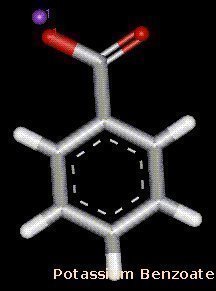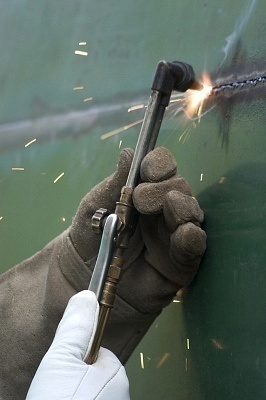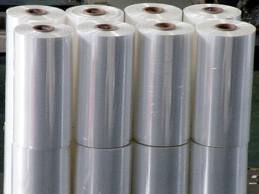Room Temperature Vulcanizing (RTV) silicone is a rubber polymer used to create molds, prototypes, and sealant. It is extremely flexible and quite tear resistant. It is made up of two separate components: a base and a curative. RTV silicone can be poured, sprayed, brushed, or pumped onto a surface. Either moisture or heat dries it, depending on the specific product.
How RTV Silicone is Made
RTV silicone is made through a process known as vulcanization. This process involves mixing rubber polymers with additives such as sulfur in order to make the silicone harder or more flexible. Humidity in the air cures RTV-1, a single compound RTV silicone type, which is available in both fluid and paste forms. A dual compound RTV silicone type known as RTV-2 is mixed together, cures at room temperature, and is available in solid, gel, and foam forms.
Applications
RTV silicone has many uses. It is often used in the theater industry to cast rubber or plastic molds for masks, various types of equipment, and props. Likewise, RTV silicone is used to cast molds for metal alloys that have a low melting point, such as lead, tin, and pewter. RTV silicone is also used as an adhesive sealant that dries on contact. The sealant itself is used in many industries, including automotive and crafts.![]()
Advantages
RTV silicone has several important advantages. Its resistance to heat and chemicals is high. RTV silicone is also very flexible, even when dried. It has no release agents, so there is no residue to clean up after it is applied. RTV silicone is also non-toxic and begins to cure immediately when it comes in contact with moisture in the air. There are several RTV silicone types, which are available in both dual and single-component products.
Disadvantages
RTV silicone is generally very expensive and is prone to dirt and other residues sticking to it. Since air moisture cures RTV, it can be difficult to apply as a paste and must be applied to a surface quickly. RTV silicone is also very thick and porous and the user must degas it with a vacuum in order to remove any air bubbles that may interfere with its application.




c.t.
No. Rtv makes acetic acid when curing.
Caramel
Can I use them for molding a baby hand or foot?
Caramel
Can I use this to mold a baby’s hand or foot?